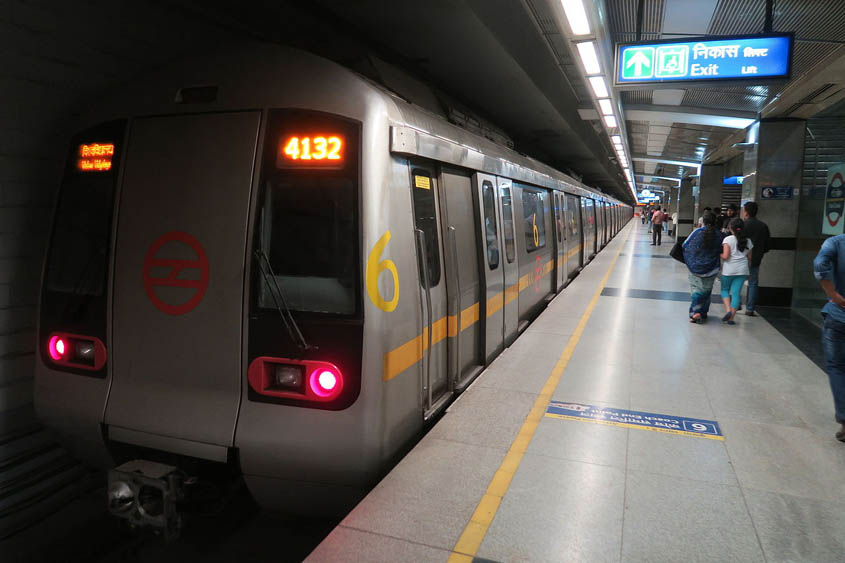Men travelling in coaches reserved for women in Delhi Metro may be a daily occurrence, but the Delhi Metro Rail Corporation (DMRC) has penalised only 23,307 men for the offence between 2014 till February this year. According to the latest DMRC data acquired by way of RTI, in 2014, 12,272 men were penalised for unlawful entry into coaches reserved for women. However, the figure came down drastically to 5,904 men being penalised in 2015, while in 2016, 4,634 were charged and till February 2017, 497 men were made to pay fine for the offence.
However, commuters say that the decrease in the number of men being penalised does not necessarily mean that fewer men violate the law, as it is a daily occurrence, which often leads to unpleasant arguments. The amount of fine collected under this offence by DMRC was Rs 12,43,600 in 2014, Rs 9,60,800 in 2015, Rs 13,22,400 in 2016 and Rs 8,10,200 in 2017.
However, according to the RTI data, “tail gating” or taking the token away is the offence under which most people are charged. In 2014, 7,483 people were penalised for “tail gating”, 8,134 in 2015, 8,352 in 2016 and 1,182 till February 2017. The total amount of money collected from “tail gating” offence between 2014-2017 amounts to Rs 5,030,200. The data further reveals that out of the 16 offences for which DMRC penalises passengers, the third highest offence in terms of violation is “creating nuisance, drunkenness, quarrelling, sitting on the floor and spitting” for which DMRC charges a fine of Rs 200. Approximately 6,200 people were penalised under this offence in 2014, 4,804 in 2015, 6,612 in 2016 and 4,051 in 2017, with the total amount of fine collected being Rs 6,541,400 between 2014-2017. Other common offences are return journey, defacing Metro property, obstructing Metro officials’ work, unlawful entry and walking on Metro tracks, misusing alarm, travelling without ticket, smoking etc.
As per another RTI filed by Mohit K. Gupta, a Delhi-based advocate, though the amount of money reimbursed by DMRC to its officials by way of “Telephone and communication expenses” runs into lakhs, there is no information about the specific mobile numbers and holders who use it.
In an RTI reply, DMRC said, “Specific mobile numbers allotted or used by officials in DMRC (with names and numbers allotted) to which they are entitled to reimbursements from public money is not available in the desired format with DMRC.”
The RTI further suggests a copy of DMRC’s directory can reveal the official contact details of its officials, but Gupta said, “How will we know how much reimbursement is being made against which number and who is using that allotted number? How can we ourselves determine whether the amount of money being paid to officials from public money is equivalent to the communication services that officials are providing?” He added: “The DMRC should explain how much money is being spent on reimbursements and also telephone and communication expenses.”

